Week 5: Advanced
Scroll down to study the birds by sight and sound, and then take the quiz.
Week 5 Birds
Double-crested Cormorant, Great Blue Heron, American White Pelican, Spotted Sandpiper, American Avocet, Spotted Towhee, Turkey Vulture, Black-crowned Night Heron
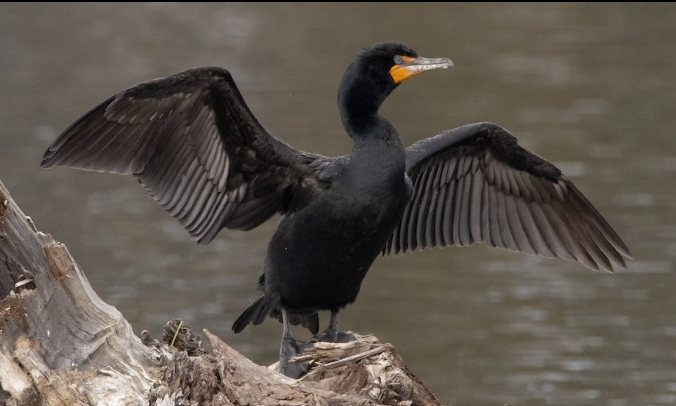
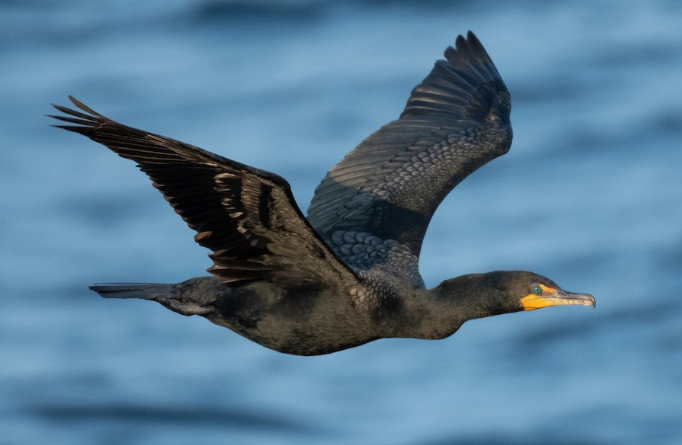
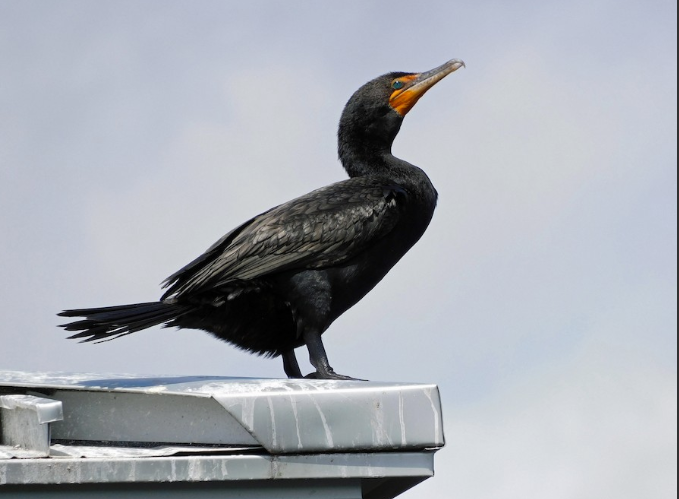
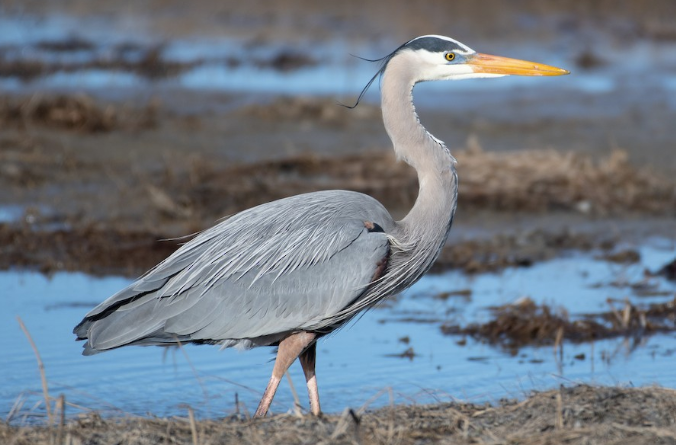
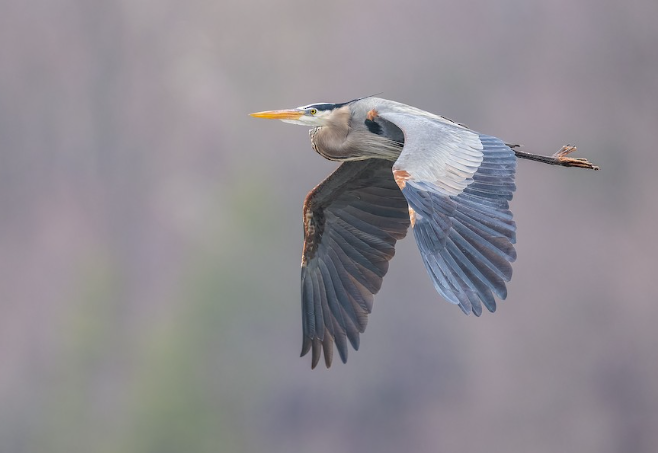
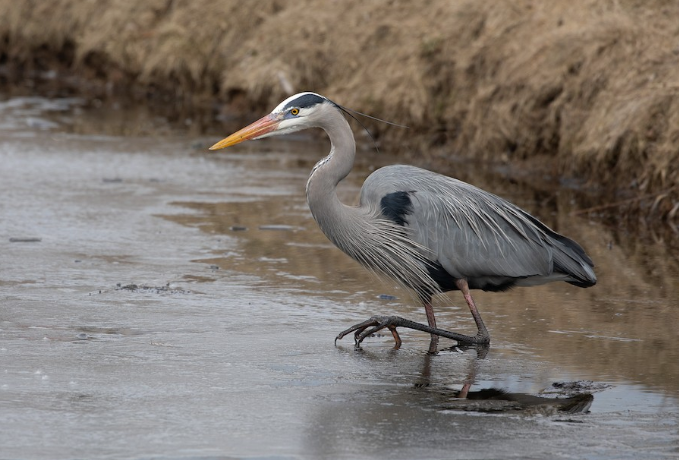
GREAT BLUE HERON
Bird Code: GBHE
Identify this bird by…
Large, sturdy, and tall heron with a long neck
Gray-blue with an orange bill an dark crown
Listen for…
Call: often quiet, but can make a deep, hoarse “braak” in flight
Resources:
DOUBLE-CRESTED CORMORANT
Bird Code: DCCO
Identify this bird by…
Large waterbird with a long neck
Adults are black, and Juveniles are pale gray-brown with a pale breast
Breeding adults have a plume of feathers behind the eye (may be hard to see)
Tell it apart by…
Differentiate from the similar Neotropic Cormorant in flight by looking at the tail length: Double-crested Cormorants have a shorter tail while Neotropic Cormorants have a long tail (tail projects beyond the body the full length that the head/neck are projecting)
Listen for…
Call: usually silent, but may make a hoarse grunting sound
Resources:
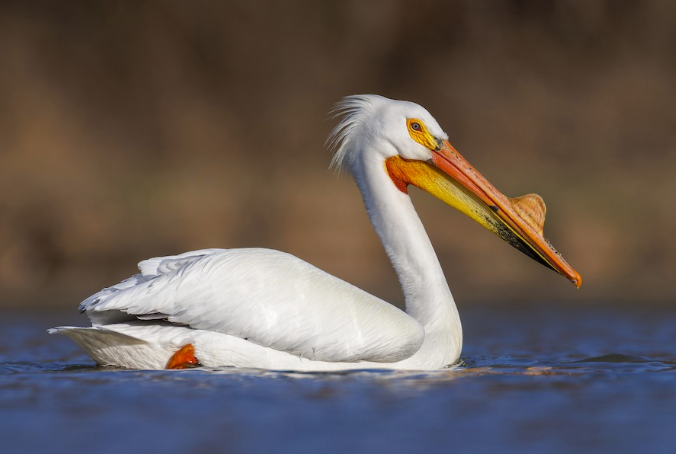

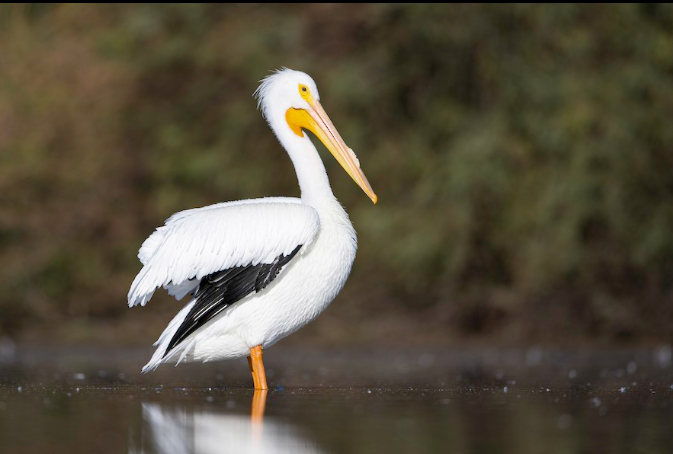
AMERICAN WHITE PELICAN
Bird Code: AWPE
Identify this bird by…
Large white bird with a large orange bill
In flight, can see contrasting black flight feathers
Breeding adults grow a plate that sticks up on the upper bill
Listen for…
Call: usually silent, but may give a low grunting at the nest
Resources:
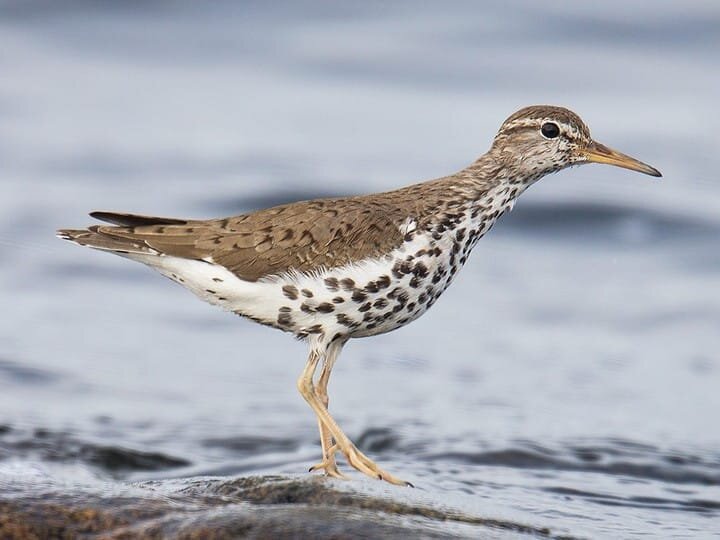
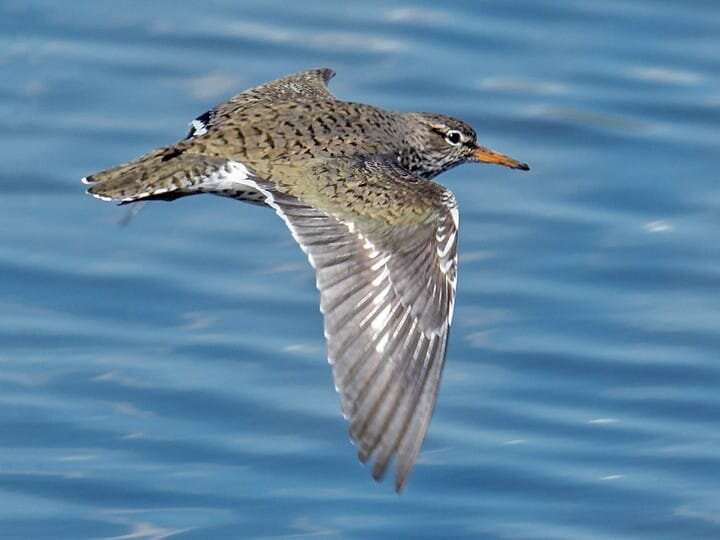
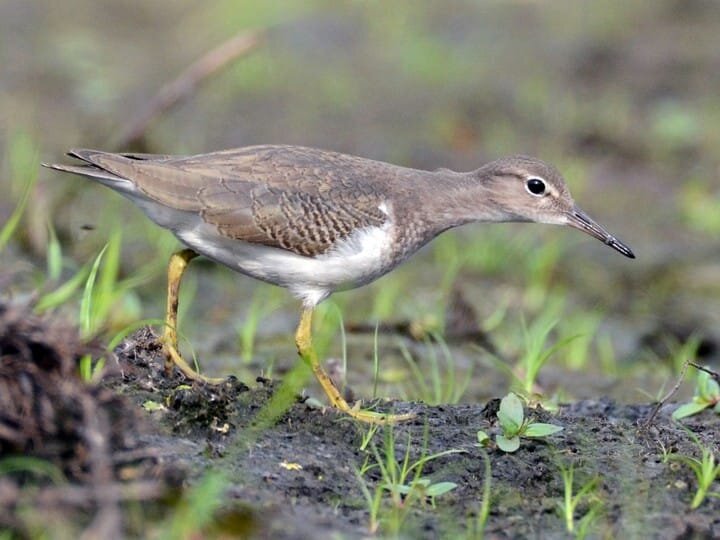
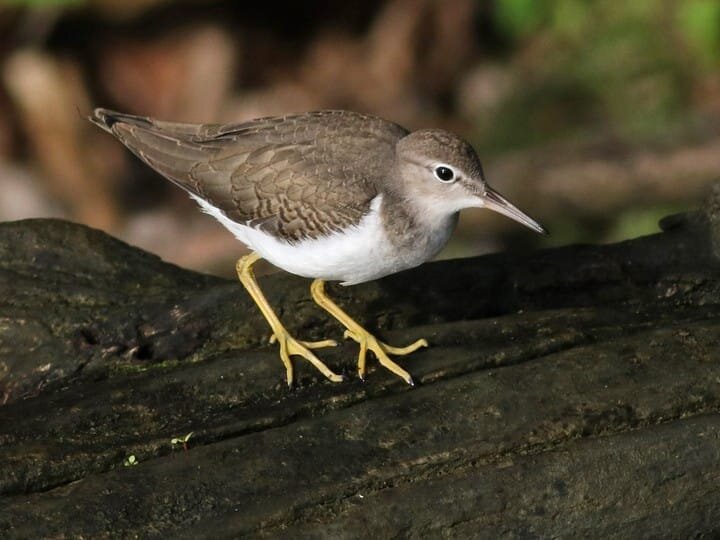
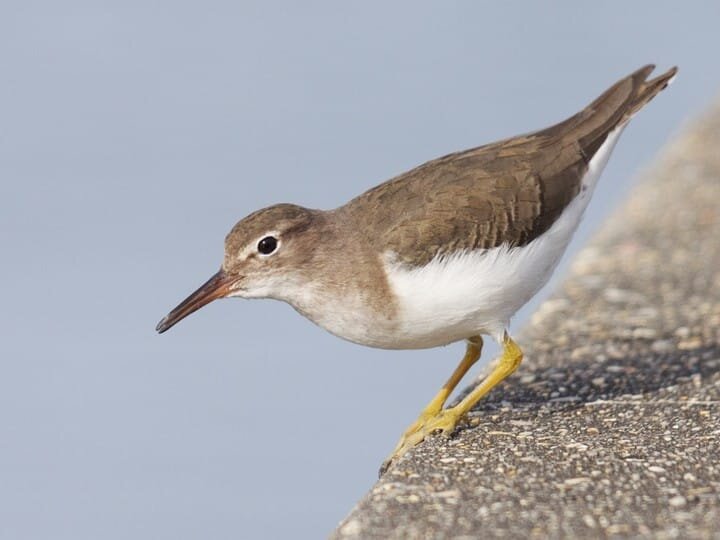
Spotted sandpiper
Bird Code: SPSA
Identify this bird by…
Medium-sized with a bill slightly shorter than its head
Breeding plumage - bold dark spots on their bright white breast and an orange bill. The back is dark brown
Non-breeding - breast is not spotted; it's plain white, while the back is grayish brown and the bill is pale yellow
Males and females look the same
Look for…
Behavior - Often solitary and walk with a distinctive teeter, bobbing their tails up and down constantly
In flight - quick, snappy wingbeats interspersed with glides, keeping their wings below horizontal. Look for thin white stripe along wings
Habitat - This species is one of the most widespread breeding shorebirds in the United States and is commonly seen near freshwater, even in otherwise arid or forested regions!
Listen for…
Call/Song: sing a rapid string of ~10repeated “weet” notes. They’ll also give a few “weet” notes if alarmed
Resources:
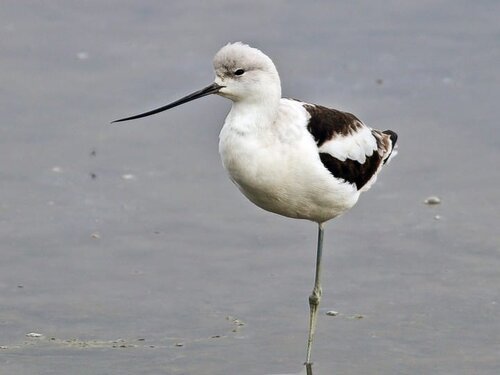

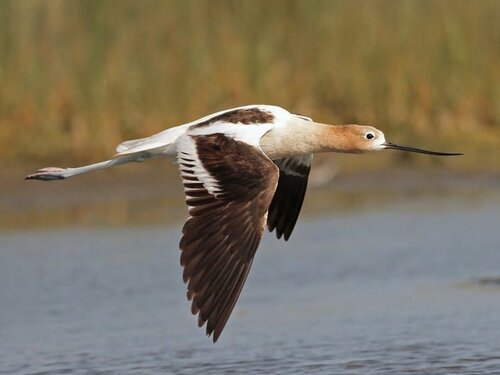
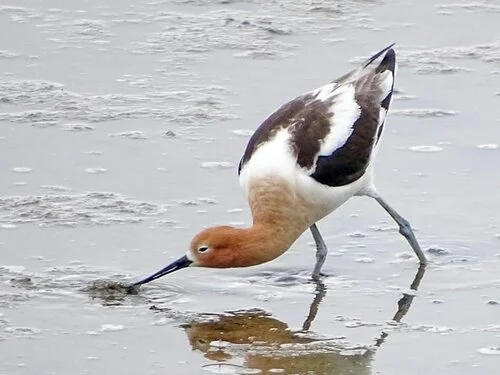
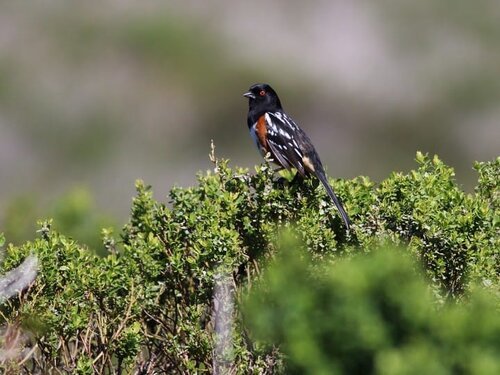
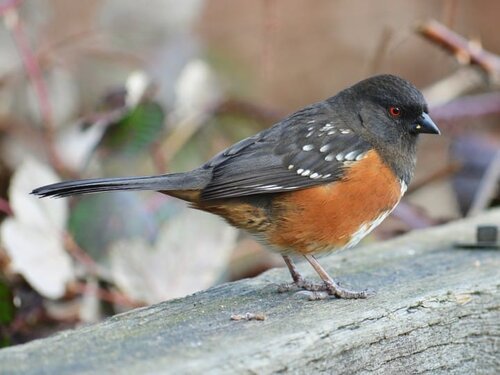
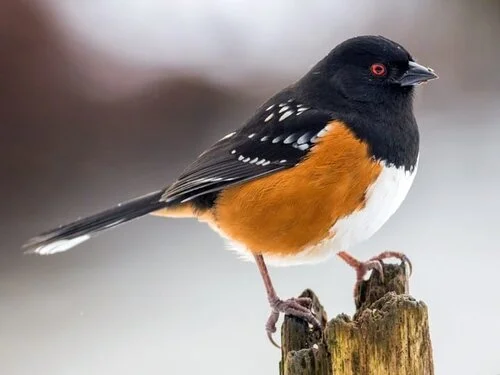
AMERICAN AVOCET
Bird Code: AMAV
Identify this bird by
Large, slender shorebird with a long, upturned bill, a long neck, and a round head
Its oval body sits atop long legs
Tell it apart by…
Rusty head and neck that turns grayish white after breeding
A black patch on the back and black-and-white wings mark its largely white body
The legs are bluish gray
Look for…
Behavior - Wades through shallow water sweeping its bill side to side for aquatic invertebrates. Often shakes its foot with each step to remove mud from its foot
Listen for…
Call: Generally silent, but a repeated, high-pitched kleet
Resources:
SPOTTED TOWHEE
Bird Code: SPTO
Identify this bird by…
Large sparrow with thick bill and a long tail
The flanks are warm rufous and the belly is white
Tell males and females apart by…
Females are brown on the head, throat, and underparts, with white spots on wings and back
Males are black on the head, throat, and underparts with white spots on wings and back
Listen for…
Song: 2 identical introductory notes followed by a buzzy, rapid trill that sounds like “chup-chup-zeeeeeee.”
Call: A cat-like, short, “mew” call
Resources:
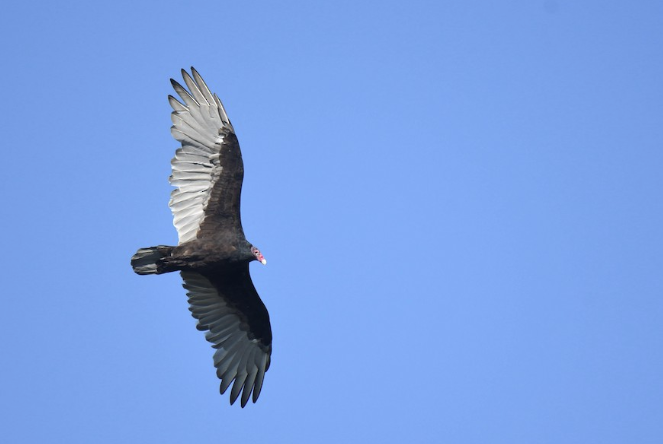
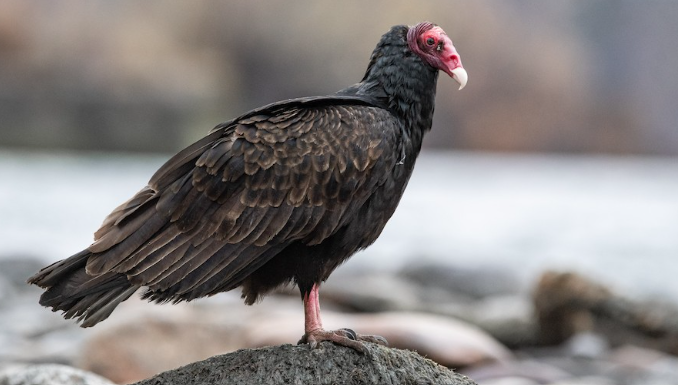
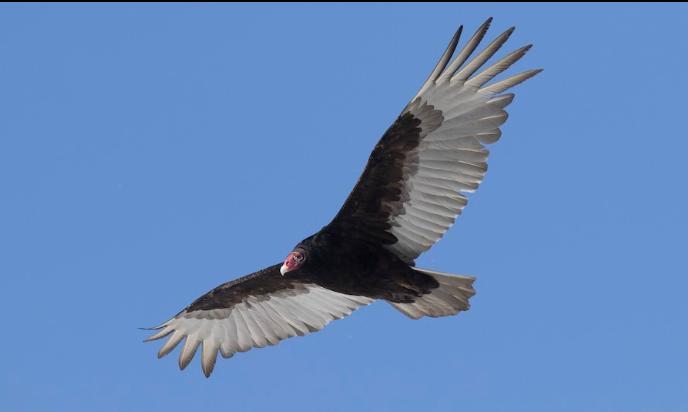
TURKEY VULTURE
Bird Code: TUVU
Identify this bird by…
Large dark vulture with long wings, a long tail, and a small bare (red) head.
Silvery flight feathers contrast with the black rest of the wing and body
Flies with wings held in a v-shape and often teeters unsteadily from side to side
Resources:
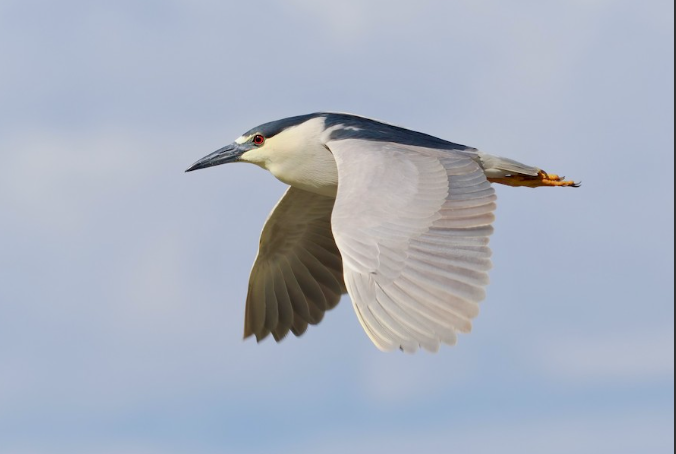
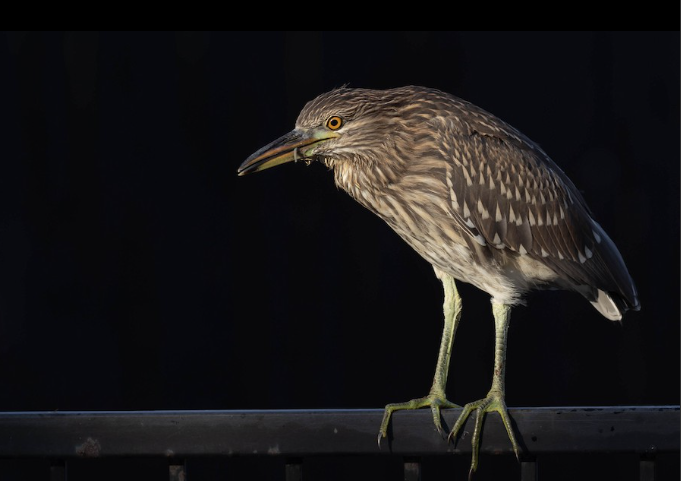
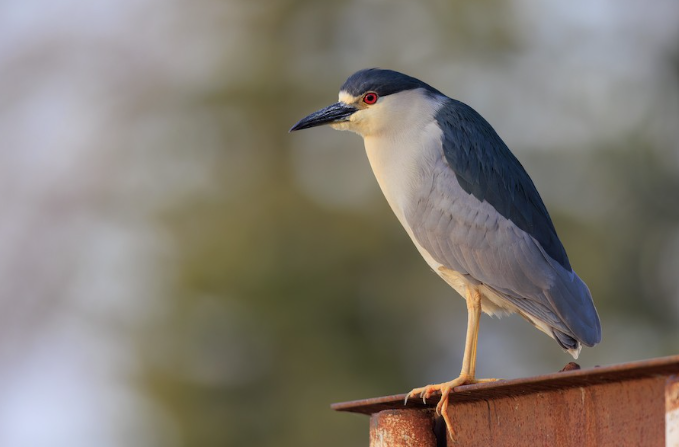
BLACK-CROWNED NIGHT HERON
Bird Code: BCNH
Identify this bird by…
Stocky, compact heron with a large head and a very short neck
Adults have a black cap and back contrasting with a pale gray body and wings.
Juveniles are brown with broad, blurry streaks and large white spots on the wing coverts
Listen for…
Call: a flat, barking “quok” in flight or when disturbed. Also harsh screams and clucks.
Resources:
WEEK 5 WETLAND EXTRAS
Study these birds if you are interested in surveying at Legacy Nature Preserve, the Great Salt Lake Shorelands Preserve, and Utah Lake North Shore.
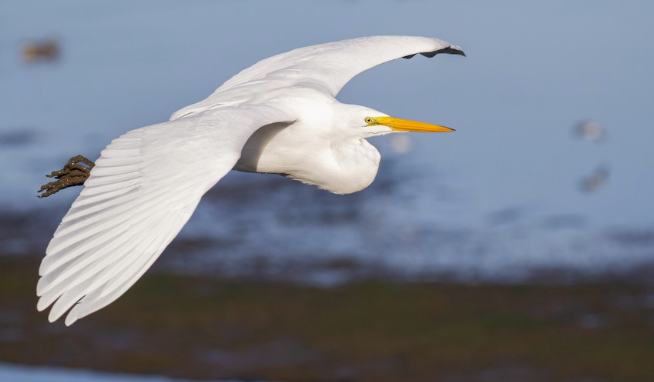
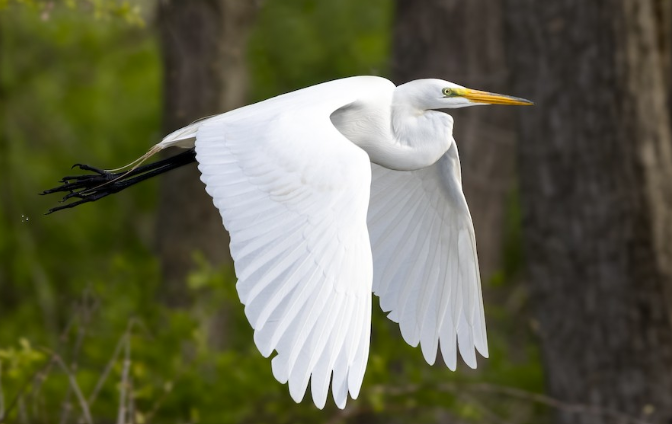
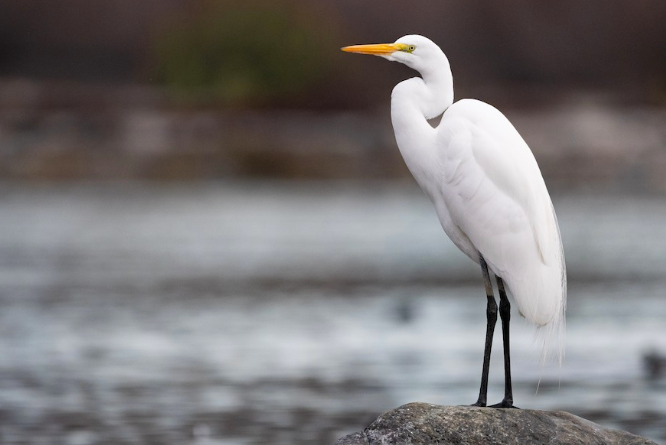
GREAT EGRET
Bird Code: GREG
Identify this bird by…
Lanky, long-legged and long-necked white bird.
Long yellow bill and blackish legs and feet
Tell it apart by…
Differentiate from the Snowy Egret by size (Great Egret are much bigger than Snowy Egret) and all black legs (Snowy Egret have yellow feet)
Listen for…
Call: Deep, low, gravelly “krooww”
Song: describe song
Resources:
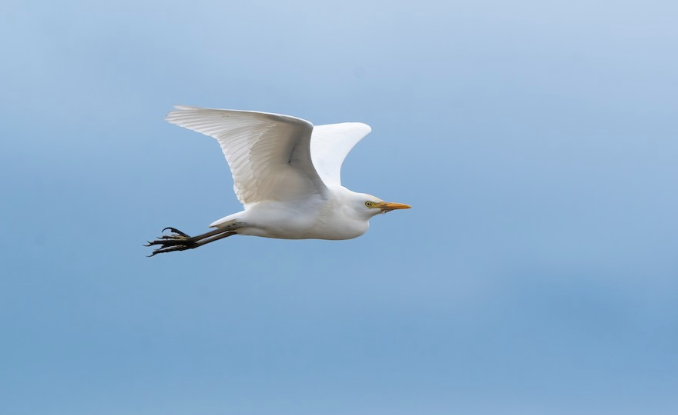
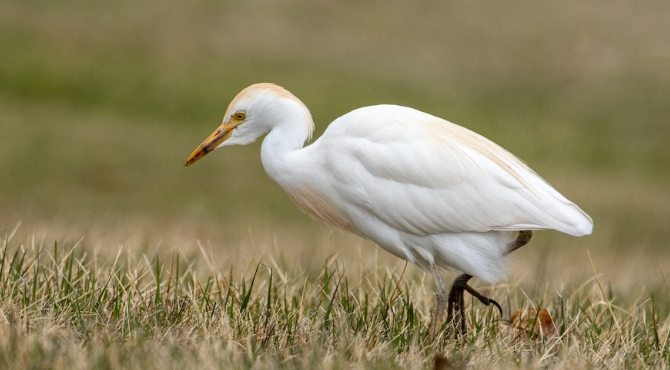
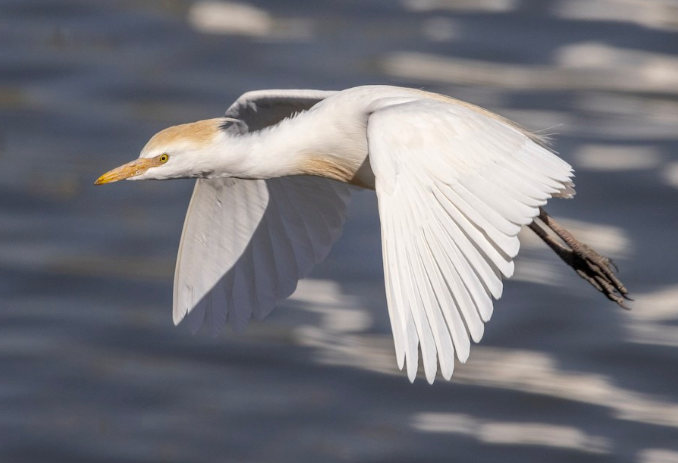
Western CATTLE EGRET
Bird Code: CAEG
Identify this bird by…
A compact egret with a shorter neck and shorter bill than other white egrets
Often perches with neck drawn in
Adults are white with golden feathers on their head, breast, and back. Breeding adults have yellow legs (can show red on legs and bill for a short period), while Juveniles lack the golden feathers and have dark legs
Tell it apart by…
Our only white egret that has golden feathers.
They also lack the contrasting yellow feet on black legs of the Snowy Egret and are much smaller than the Great Egret.
Listen for…
Call: short croaks or quacks
Resources:
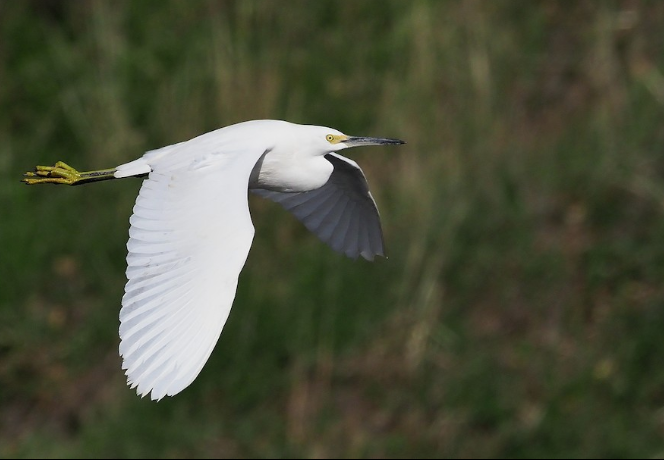
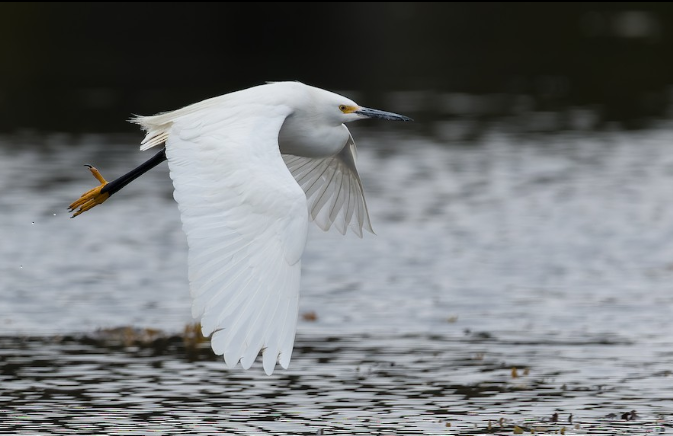
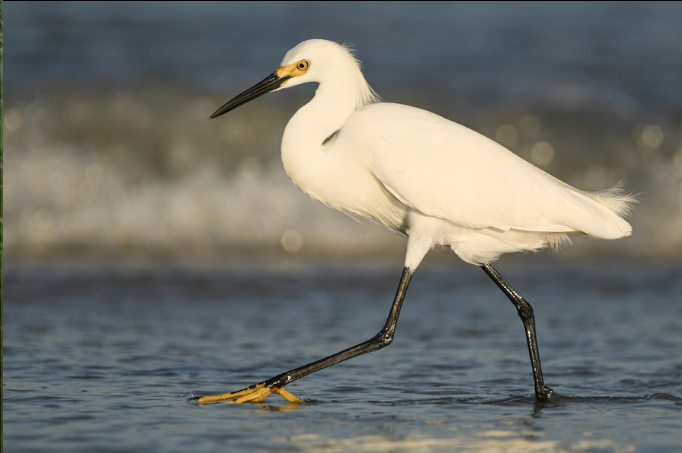
SNOWY EGRET
Bird Code: SNEG
Identify this bird by…
Medium-sized slender white egret
Breeding adults have a dark bill with yellow lores, black legs and yellow feet
Juvenile birds look similar, but have dull yellow green legs with yellow feet- sometimes they show black on the forelegs.
Tell it apart by…
Smaller than a Great Egret, and have contrasting black legs and yellow feet unlike the all black legs and feet of the Great Egret
All white, lacking the golden feathers of the Cattle Egret
Listen for…
Call: hoarse, rasping or nasal notes
Resources:
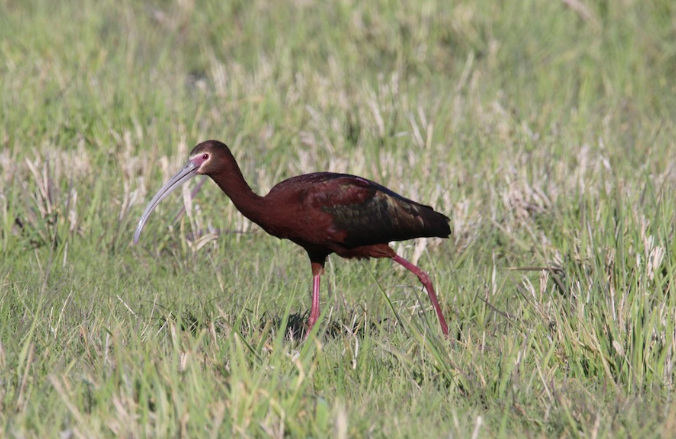
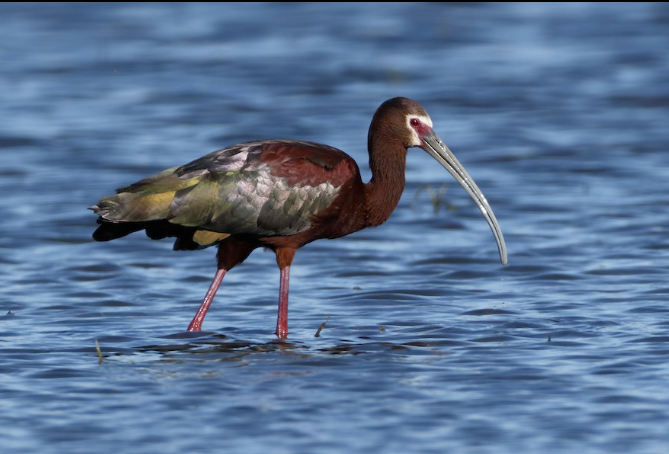
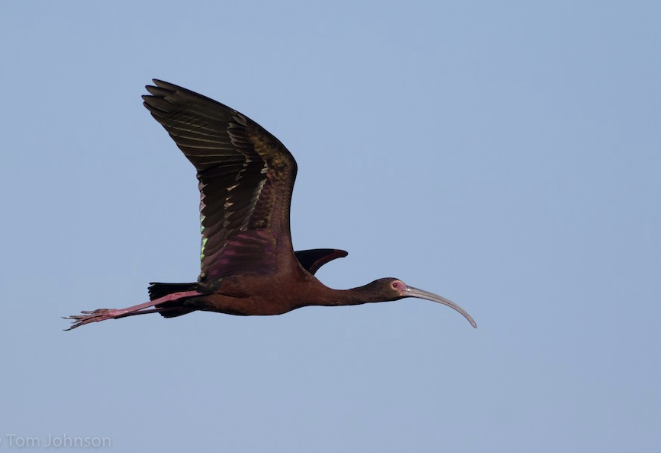
WHITE-FACED IBIS
Bird Code: WFIB
Identify this bird by…
Large, dark wading bird with a long, curved gray bill
May shine maroon and have metallic green and bronze in wings depending in the light.
Often seen foraging in groups or flying overhead in lines like cormorants
Listen for…
Call: soft nasal grunting and oinks
Resources:
